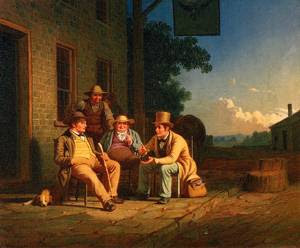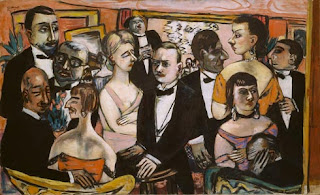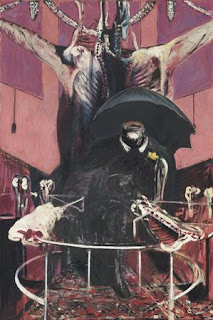So, I've been on sabbatical for almost a year (haha...just kidding, but a sabbitical is sort of what I would liken my experience here to...minus the master's degree). There was a lot of adjusting, some bumps, and even some wasted time, but I feel like I've figured things out.
I know I want to go to graduate school and I think I know what I want to do there.
Now, I am looking at about a year to make it happen.
I've got one painting finished.
It was scary deciding not to go home and "be a graphic designer" or go to grad school for graphic design. But, it's really what I was thinking was the right thing to do, and I was just afraid to say it.
So, here are my plans:
1) one painting a month
2) take an art course at Yuan Ze
3) work on school research and applications
4) art history
5) isms
6) define my work/style/purpose
If I were to define my work, I would say that it is about thinking. It intends to explore curious happenings of life and existence. I do this through narrative paintings with stories living in the paint.
Process has become an important aspect of my work. Call it a lesson plan even. A set of rules to get you going on your way that could just as easily be arbitrary as they are implicit in guiding the outcome of a piece.
I find it worthwhile and a little entertain, playful, but playful with substance, to write brain on every painting I do in a different language (the language being chosen based on what is appropriate for the painting). For me, it's a fun process of concrete to abstract (which is also a good representation of how we think).
Brain the organ (concrete), brain the word (abstract), brain the actions and story of a person or idea (concrete), brain a structural form within a painting (abstract).
I am constantly intrigued by the idea of balance. Polar opposites and contradictions coexisting.
These are the ideas that I hope to inspire my body of work into something of substance and meaning.





















